This is my friend Gary. When he’s not rappelling out of helicopters fighting forest fires for the U.S. National Parks Service, trimming tall trees as an arborist, or repairing helicopters in Antarctica, Gary climbs mountains.
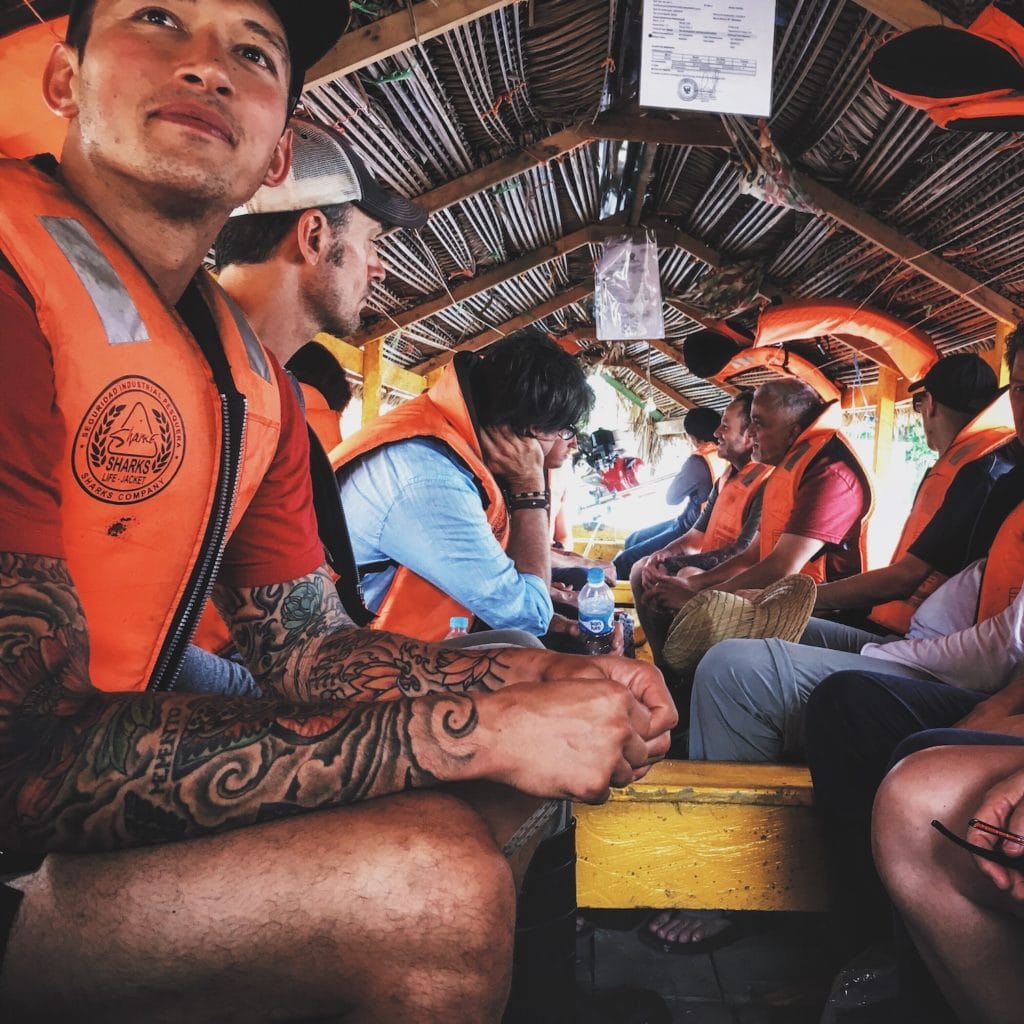
Gary also drinks ayahuasca, which is how we met. I took this photo on our way to the Temple of the Way of Light, where we were about to begin a 12-day retreat in May 2016.
On our journey to the Temple – which included a bus ride, a boat trip, and an hour-long trek through the jungle – Gary told me about his adventures and exploits, and I shared my travel plans.

When he heard that I would someday visit India, he told me about the Himalayan Mountaineering Institute (HMI), a school he attended in the east Indian city of Darjeeling that offers a month-long course teaching novices the art of mountain climbing.
The fires of my imagination flared at the thought of summiting a peak. I had visions of Everest, of snow and ice, rare air and conquest.
Beneath the canopied jungle of Amazonian Peru, baked in the heat and humidity, on my way to one adventure the arrow of my life bent towards another, far away in space and time, in the cold and towering Himalayas.
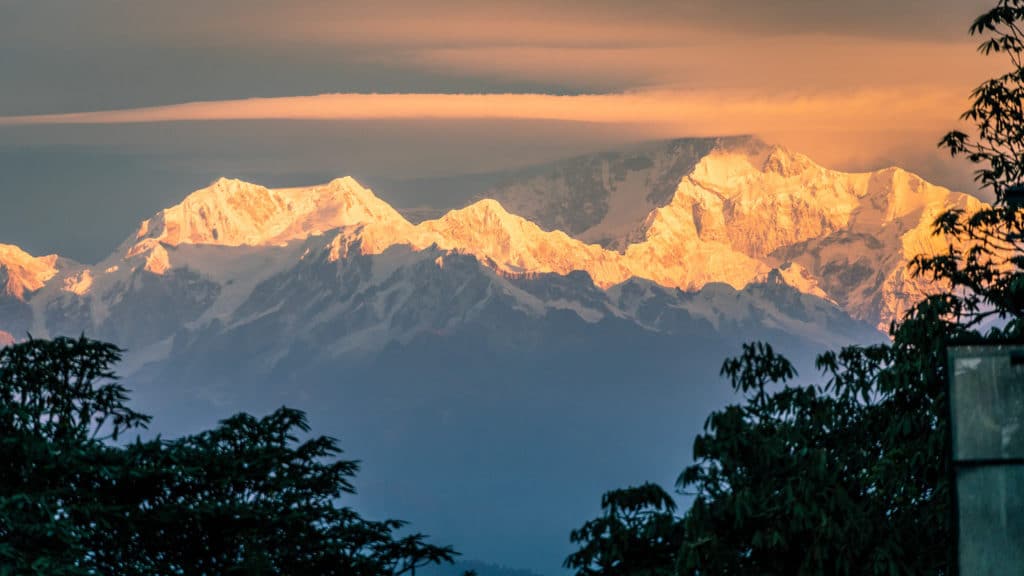
ABOUT HMI
On May 29th, 1953, Tenzing Norgay of Nepal and Sir Edmund Hillary of New Zealand became the first men to summit Mount Everest, ascending its full height of 8,848 meters, or 29,029 feet.
Their achievement reverberated around the world. It also did so uniquely in India, where just six years earlier in 1947, Gandhi and millions of other Indians had succeeded in their non-violent quest for a free and independent nation from Britain.

Sensing an opportunity to channel the energy of a new generation into mountaineering – a sport closely linked to the country’s geography and history – India’s visionary first Prime Minister, Nehru, founded the Himalayan Mountaineering Institute in November 1954, just 18 months after Norgay and Hillary’s successful summit.
He chose Tenzing Norgay’s hometown of Darjeeling for the institute’s location. Norgay then became HMI’s first Director of Field Training and served in that role for more than 20 years. He was succeeded by Nawang Gombu, the first man to summit Everest twice.
Under their leadership the institute grew into one of the most prestigious mountaineering schools in the world, a reputation it still holds today.
HMI has another aspect to its reputation: it’s known as one of the most difficult mountaineering schools in the world, as well.
Being unfamiliar with mountaineering I was unaware of that. Gary only said that HMI would be “challenging, for sure.”
I was about to find out what he meant.
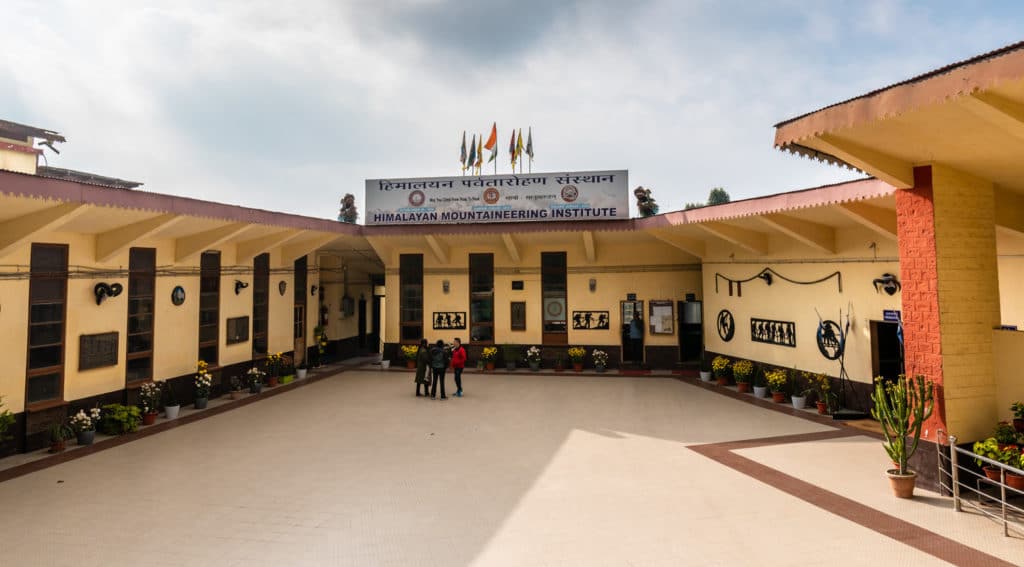
READER’S NOTE: If you are considering attending the HMI Basic Course, the remainder of this post and the following posts in this series contain curriculum spoilers. Reader discretion is advised.
THE EFFORT CURVE
Everyone is familiar with the feeling of a physical challenge. Some of those challenges require speed, like running a race. Others take strength, like lifting weights, or endurance, like a marathon. Still others need flexibility, like yoga. And playing sports often involves speed, strength, endurance, and flexibility together.
If a physical challenge lasts long enough, it stops being purely physical and becomes at least partially mental. Muscles burn with exertion, joints strain, lungs heave, the heart pounds, and the body wants to stop.
In that moment, an act of will is needed to overcome the resistance of the body. So the mind steps in. It says, in whatever way, “Keep going.”
If you’ve pushed through such a moment, you’ll know that the body eventually relaxes in response. Lactic acid circulates out of the muscles, joints loosen, the heart finds a new rhythm, and breathing eases. Some call that feeling “getting a second wind.”
If the physical challenge continues or grows in intensity, however, resistance will build again. But this time the resistance stops being purely physical; it also becomes emotional.
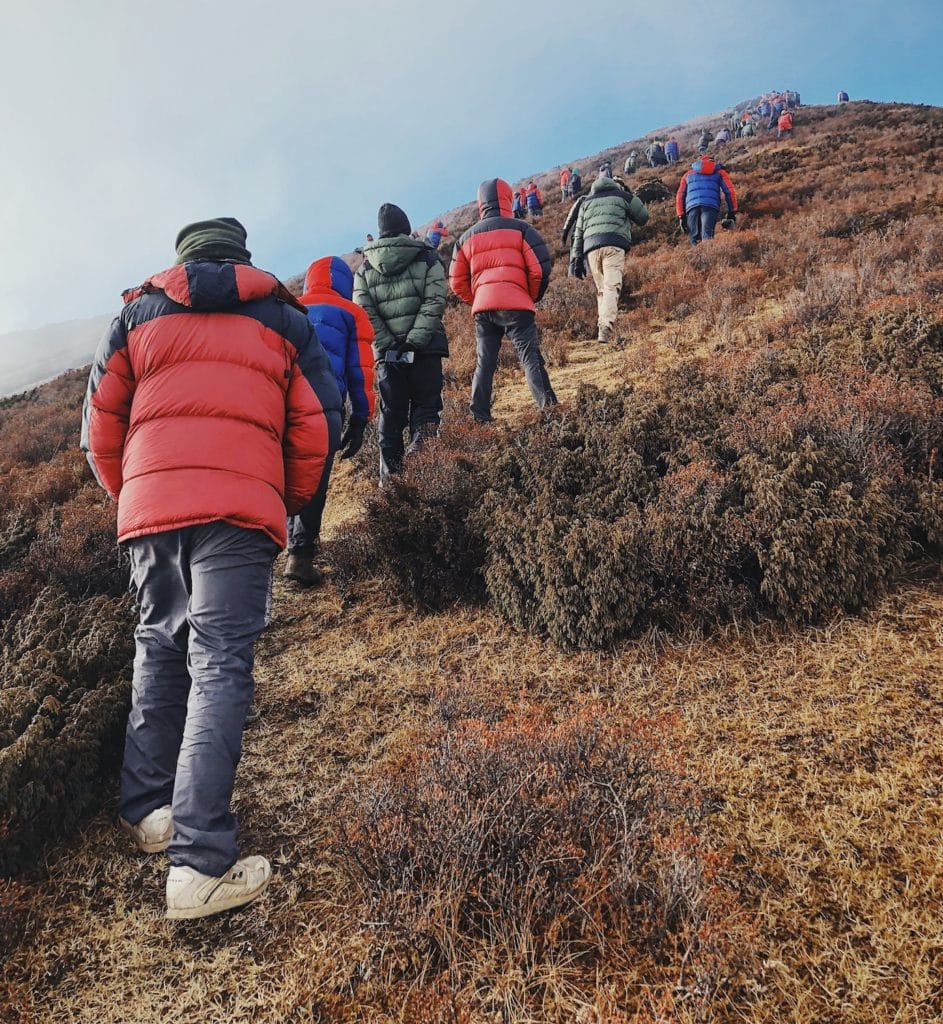
Fear starts to creep in, either of injury or defeat. Memories of disappointments surface. Mental images of failure form as doubts grow.
The body then reacts to these thoughts. Acute pains emerge, perception narrows, and the chest tightens. Feelings of tension and weight replace free and easy movement. Left unchecked, these feelings can trigger a debilitating spiral.
But the mind’s resources are generally insufficient to meet this new challenge.
Fear can sometimes be reasoned with sitting alone at home, after hearing a strange sound coming from outside the window. When in motion, however, covered in sweat, with our heart- and respiratory rates elevated, not many of us can summon the inner resources necessary to argue against fear; let alone sadness, anxiety, disappointment, or in extreme cases, despair.
There is a proper response, though, and there’s an expression for it when talking about athletes: “He/she plays with heart.” Because emotion is the best counter to emotion.
Pushing past this stage of resistance requires unconditional acceptance and embrace of the challenge as it is, including pain, fear, sadness, and despair.
In these moments we have to find within ourselves a larger “Yes” when everything else is screaming “No.”
We glorify athletes who summon an unstoppable inner drive to overcome overwhelming circumstances in their pursuit of victories and championships.
The heart is where that drive comes from.

THE HMI EXPERIENCE
One of the treks during HMI’s Basic Course brought me to that point.
Over seven hours, walking uphill approaching 14,500 feet / 4400 meters and carrying a 35 pound / 16 kilo pack, I watched my resistance move through the physical and into the mental and emotional.
My shoulders strained, my heart pumped, and I breathed more deeply with each step as the air grew thinner and colder the higher I climbed into the Himalayas.
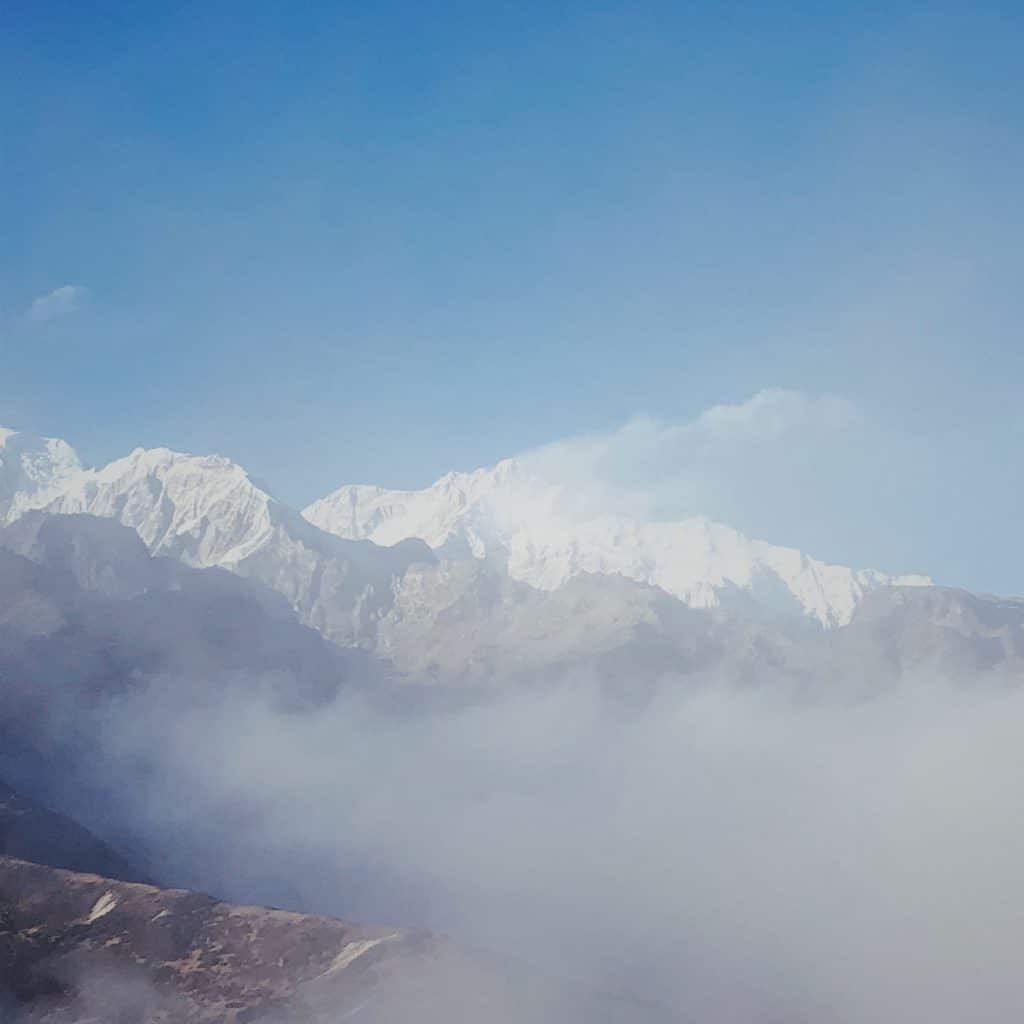
The fog-shrouded alpine landscape of boulders, dry grass, and shrubs appeared as desolate and endless as an inclined desert.
My instructors and the other trainees faded to dim shapes in the distance in front of and behind me.
I was alone. Suddenly, fear gripped me.
With no one to look to and no way to go but up, I turned the only direction I could: inward.
I dug deeper than I knew I could go. Inside I found the strength to not just take each step, but attack it.
Because I realized I chose this. I signed up. No one forced me. There was no one to blame.
I accepted my responsibility for creating this moment.
If I called this opponent into my life, like every other goddamn thing I’ve faced it would not beat me.
And I felt a surge of gratitude for my body, which still ably does everything I ask of it, my most faithful friend.
Energized, I howled and shook my fist defiantly in the face of my pain, doubt, and fear.
I had found the heart to not be defeated.
Up I went.
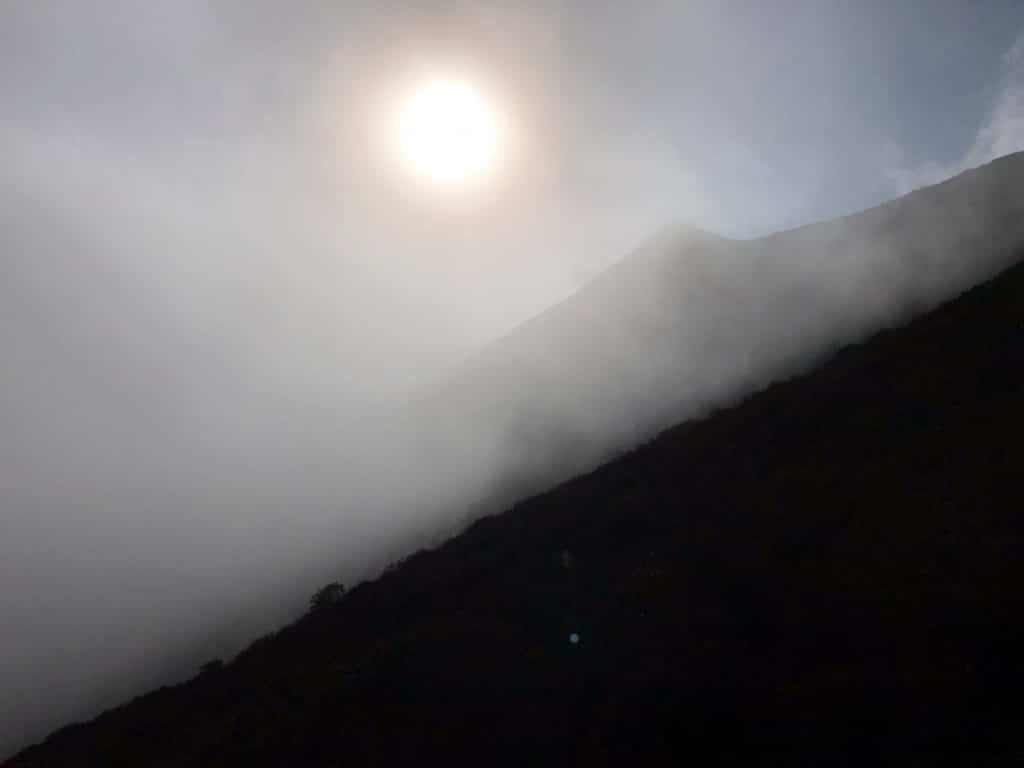
HIGHER, AND DEEPER
That’s the end of most stories, but my trek continued.
My emotional turbocharge flagged after 20-30 minutes, but I still hadn’t arrived.
We started at dawn, and now the diffuse gray light in the foggy sky faded as the sun dipped below the surrounding mountain ridges. The air temperature dropped.
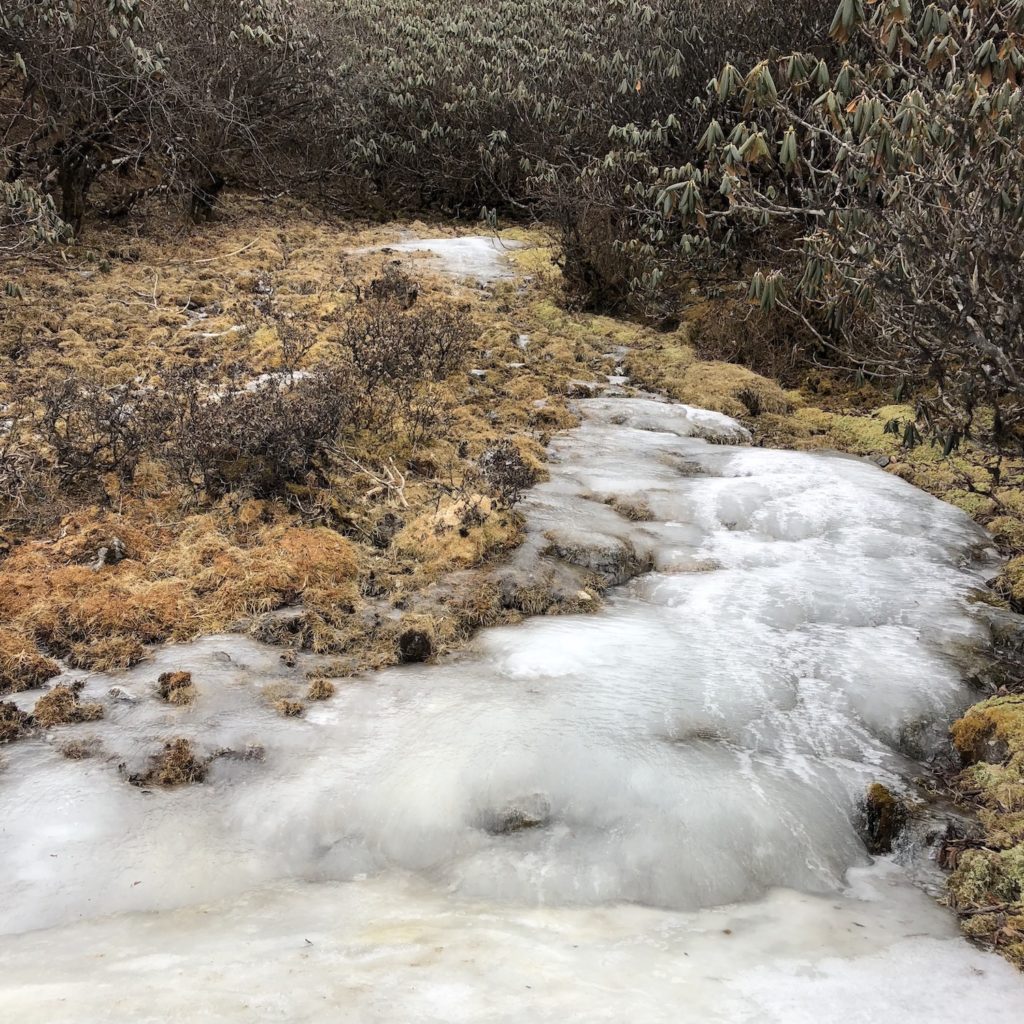
That’s when I discovered the point where a physical challenge stops being physical, stops being mental, stops even being emotional, and becomes spiritual.
My body was near-exhausted, hungry, and dehydrated. Starved of oxygen, my mind could no longer stay focused. My heart had come down from its emotional high.
My arms dropped and my walking stick dragged, scraping and clicking along the ground.
I still couldn’t see my destination through the persistent fog. Maybe I was minutes or an hour away, or more. I had to find strength to continue for an unknown amount of time, and to fight off the fear prowling the edges of my consciousness. I had to make it; I had no choice.
And all I had left was a prayer.
You may or may not believe this, but I believe there is one energy source that creates and sustains the Universe. It radiates from countless burning suns and gives life to all living things. It is the beat behind every heartbeat, the impulse behind the firing of every neuron, and the vibration of every subatomic particle.
This Source inexorably drives life itself to grow and propagate from the tiniest seed, to cover planets and spread across galaxies.
The Source is all around us and within us, all the time. Without it, we and every plant and animal are lifeless masses in lightless universe.
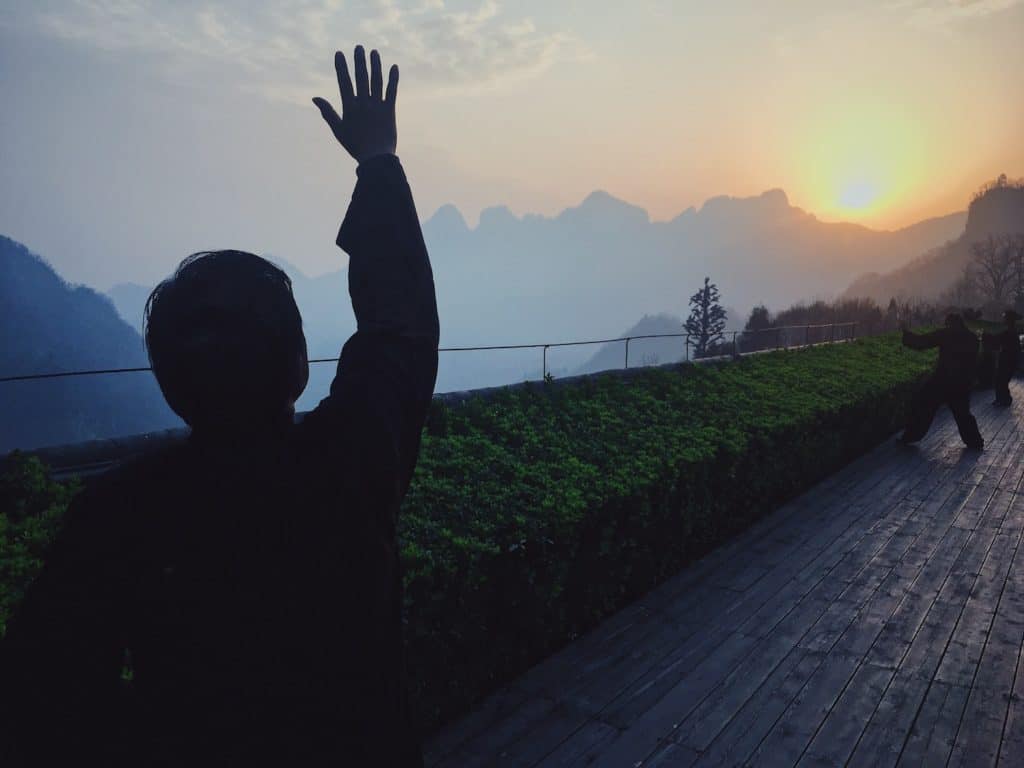
It was to this Source within me, which many call the Tao, that I appealed. I asked past my heart, into the Heart of my heart, for just the smallest piece of this eternal, omnipresent force to aid me in my task, to help me get home – please.
Something heard me.
A smile leapt across my face as joy flooded me. My limbs found new life, moving not as masses of muscle and bone but driven from my core. I “saw” light coursing through me, circulating through my body down my arms and legs. And a Zen-like thought kept repeating in my mind:
There is nothing and no-one to defend.
I had become limitless. The limitless had become me. I had no path, no destination, no starting point. Only the bare moment existed, this step, that feeling, these sensations, the expansive silence of nature.
A fragment of a precious, crystal clarity.
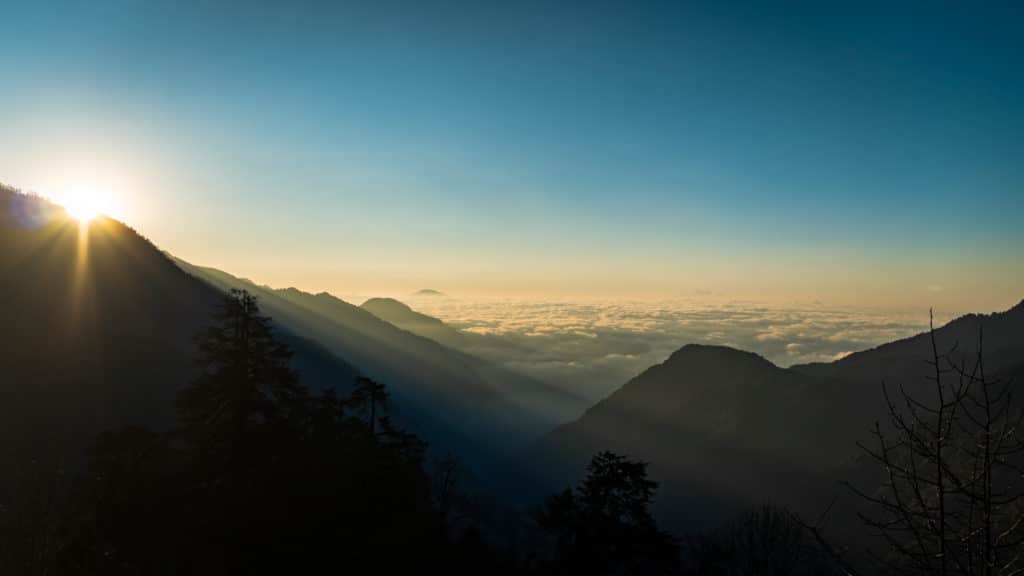
300
I want to tell you that was the end, just as I wish that was the end. I wish I could say that I flew from then on, carried by the wings of divine victory.
But that’s not what happened.
During my triumphs I was alone. I would sometimes see other trainees seated and staring in shellshocked silence, but we rarely met eyes and didn’t speak. So I kept my own pace, stayed in touch with my senses, and walked to my own rhythm.
Then I passed an instructor who called out, “Almost there. Just 20 minutes!”
A previous instructor had said ten, though in my heightened state I had forgotten it had been a great deal longer than that.
I was overcome with the impression that they were messing with us, intentionally providing misleading information to make an already trying experience more difficult, maybe as a test of our “mettle.”
After a long day, I felt I could no longer rely on those in whom I had put my trust, while I battled in a remote and unfamiliar land.
My blessed and sheltered solitude, in which I had found incredible strength, collapsed into aloneness.
I came crashing to Earth, like Icarus. Instead of a spirit-soul driving a physical form, I was once again just a tired, breaking body, taking mechanical steps on a road that had maddeningly lengthened before me.
I had given far more in body, mind, heart, and soul than I knew myself capable of. What was left??
Waves of despair surged in my chest and throat. For the first time I faced the possibility of failure, that I wouldn’t make it, that the fibers of my muscles would give up, say no, sit down, and walk no further.
And I heard my body, which had so reliably tackled this and every challenge I had ever put to it, plead in a whisper, “No more.”
So I did the last thing I knew to do: I cut a deal.
I said to my body, and to myself, “Three-hundred steps. Nothing more. Then we’ll see.” I don’t know why I chose that number.
Something in me accepted, and I relaxed, just enough.
So as I walked I started counting, one by one, out loud:
One
Two
Three
Fourfive
Six
Seven
Eiight…
I got as far as two-hundred and twenty.
That’s when I made it.
Buildings materialized out of the fog and for the first time in many hours I saw the sky, now the palest blue, pierced by the points of awe-inspiring peaks more majestic than any I’d ever seen.
I had climbed above the clouds… into the gods’ private cathedral.

A nearby HMI staff member standing sentinel pointed silently toward a grass-green metal shack with the words “Tisco Hut” painted in bright yellow on the side.
My two-hundred and twentieth step was to its aged wooden door, which I pushed open to the cheers of many of my fellow trainees.
I had arrived at the HMI Base Camp in the Chowrikang Valley at 14,500 feet, my home for the next two weeks.
My HMI Basic Course Field Training had only just begun.
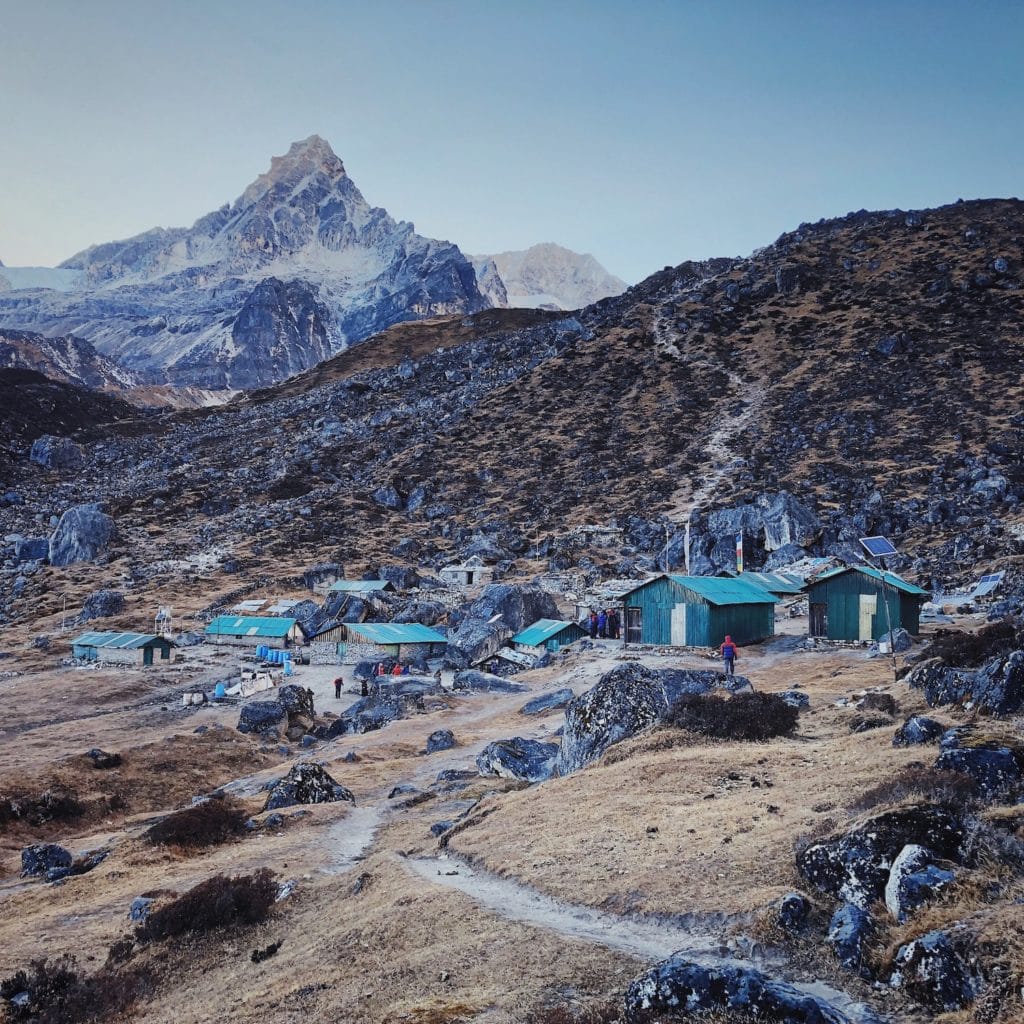
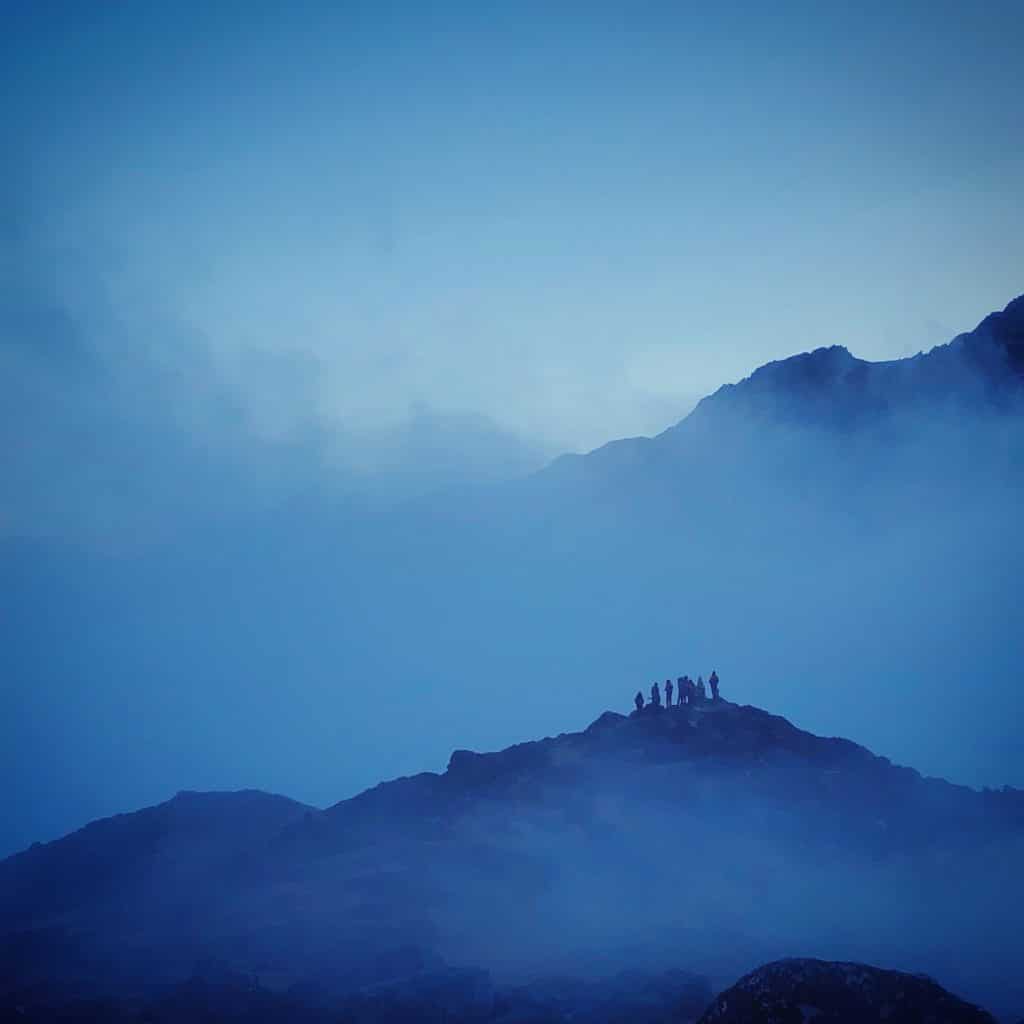
PART 2 COMING SOON




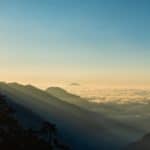
4 Comments